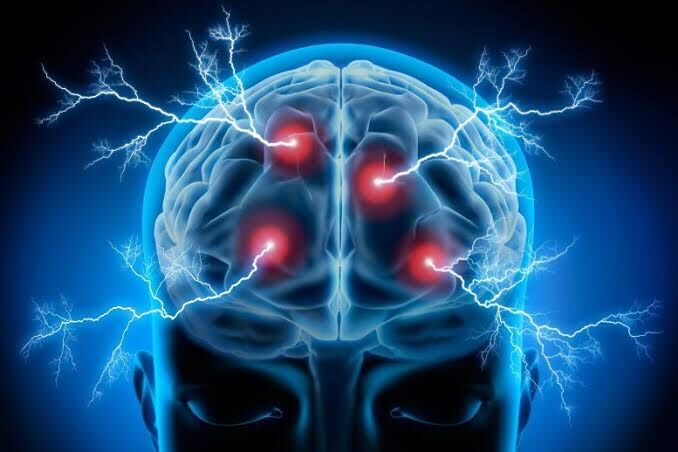How creativity and practising art become a lifeline and symbol of recovery

Hyderabad: World Stroke Day is built around one urgent message: recognise stroke signs early and protect the brain.
But neurologists say that after survival, another story begins; one in which the injured brain often reshapes creativity in unexpected ways.
A stroke can take away a familiar skill, but it can also reveal a new one.
Why a stroke can transform creativity
Creativity comes from collaboration between many systems:
• Internal imagination and memory networks
• Analytical and planning networks
• Movement pathways that physically express ideas
When a stroke disrupts one of these, the others step in.
Dr Niharika Rao, a Stroke Neurologist, speaking to NewsMeter, explains, “A stroke is not a full stop. It is a re-routing map. The brain seeks new roads to reach the same idea and sometimes those new roads create a different art.”
This is why some survivors create again, just not in the same way.
Three common creative shifts seen after a stroke
1. Same artist, new style
Some artists return to the canvas or instrument with:
• Different colour choices
• Simplified or exaggerated form
• Skewed perspective
• More abstraction
Their brain literally perceives the world differently after injury.
Dr Rahul Menon, a neuropsychologist, said, “Style shifts happen because the artist’s new brain is painting its new reality. It is not a downgrade, it is a translation.”
2. New artistic talent appears
This is rare but repeatedly documented by clinicians.
People who never drew, wrote or played music suddenly feel:
• Strong creative drive
• Pattern obsession
• Better observation of details
The injury may release dormant networks that were silent earlier.
Dr Meera Taneja, a Cognitive Rehabilitation Specialist, said, “When one system loses power, a quieter system may finally be heard. Creativity can be a survivor of the chaos.”
3. Creativity becomes harder and needs support
Memory, language, vision and motor control, all essential for art, may weaken.
This causes:
• Avoidance of creative work
• Frustration with mistakes
• Loss of confidence
In this case, recovery is possible but slower.
Dr Taneja notes, “We must allow grief for what is lost, but we must also look for what remains and what can grow.”
Forget ‘Right Brain = Art, Left Brain = Logic’ concept
Doctors say that the formula is oversimplified.
Both hemispheres contribute to creativity through interaction.
• Right-sided strokes may change how space is seen
• Left-sided strokes may alter language and storytelling
• Motor-area strokes may enforce a new style simply through new movement constraints
• Frontal lobe strokes may change judgment, leading to bolder artistic choices
Dr Menon puts it simply, “Creativity is teamwork inside the brain. When one teammate is benched, the others change the game.”
Art as medicine: The emotional side of creativity
Stroke survivors frequently describe a ‘lost identity’.
Creativity becomes a way to rebuild the self.
Ananya Joseph, an art therapist in neuro-rehab, said, “Art gives survivors a voice when language is difficult and dignity when daily activities feel impossible.”
Benefits seen in therapy:
• Reduced anxiety
• Improved coordination and attention
• Better mood and social connection
• Stronger sense of purpose
Families also witness recovery with less despair when creativity is nurtured.
How rehabilitation can encourage creative outcomes
What helps the most?
• Art and music therapy
• Writing or journaling
• Assisted movement tools (e.g., digital brushes, VR)
• Support in switching hands or mediums
• Gentle exposure to creative routines
Sustained practice reshapes pathways just like physical therapy.
Dr Rao says, “If creativity changes, don’t fight it. Follow it. That path may be where recovery grows fastest.”
Why this matters on World Stroke Day
World Stroke Day calls attention to prevention, fast treatment and survival, but the story doesn’t end at discharge.
For many survivors:
– Creativity becomes a lifeline.
– A sign of brain resilience.
– A reminder that identity can be rewritten.
Dr Menon concludes, “When stroke takes away, the brain tries to give back. Sometimes, what returns is not what we expect, but it is still art, and it
Source link

